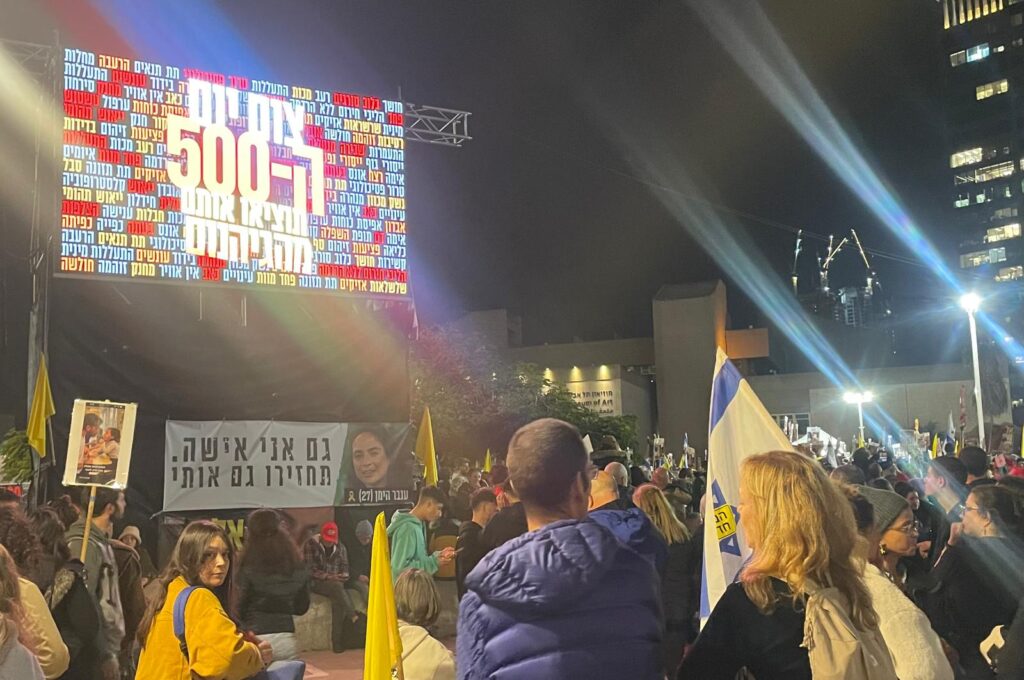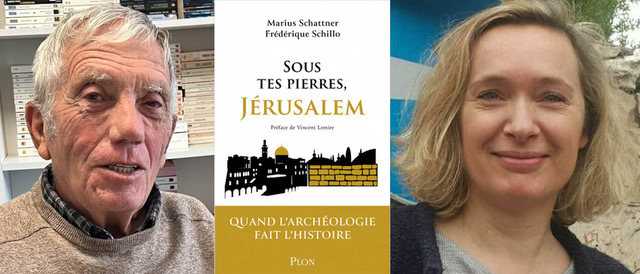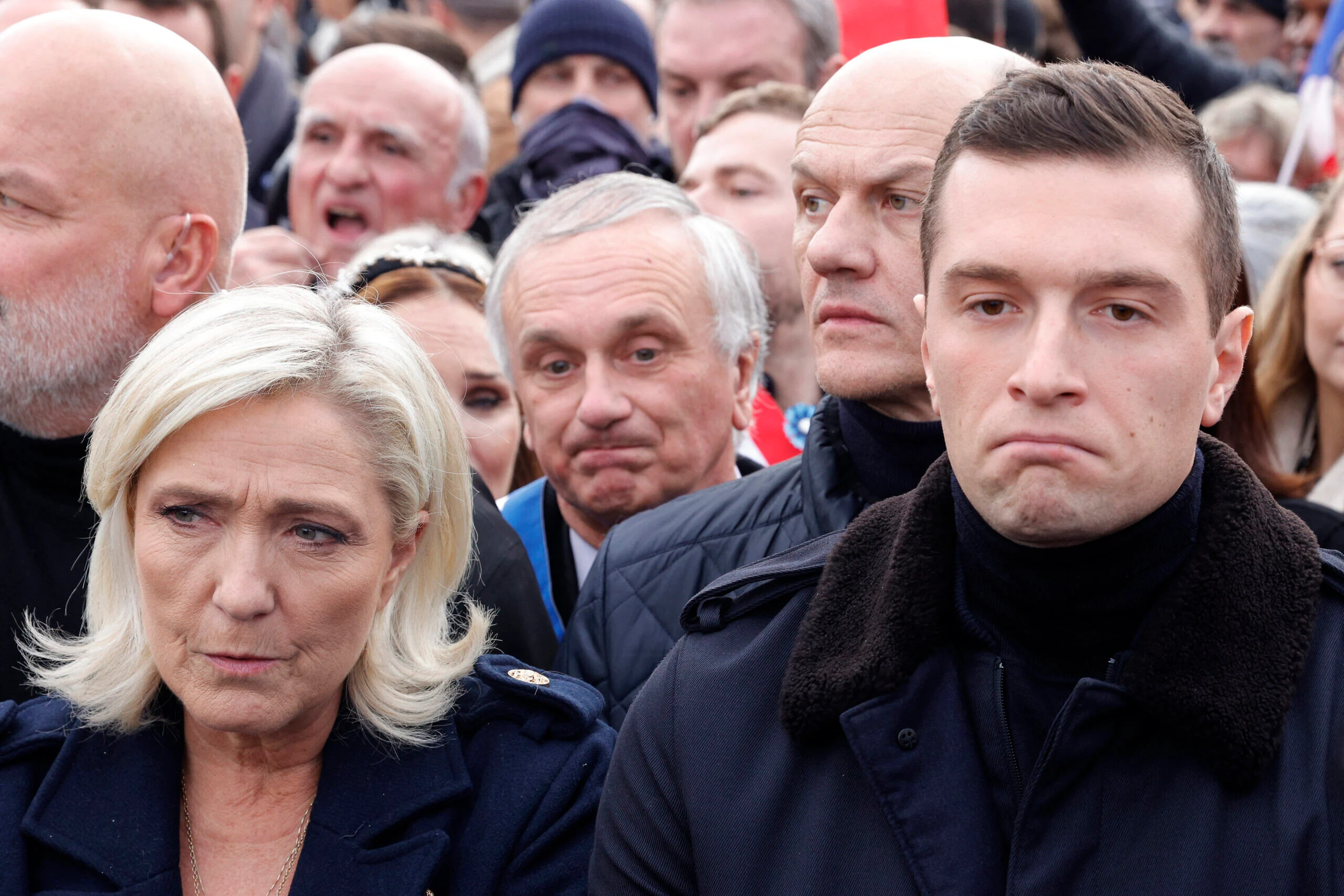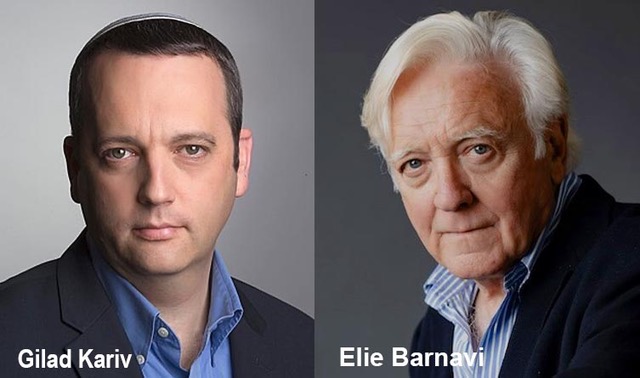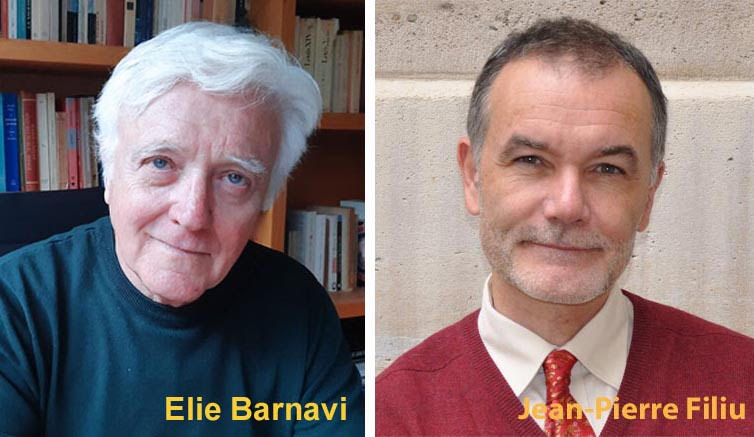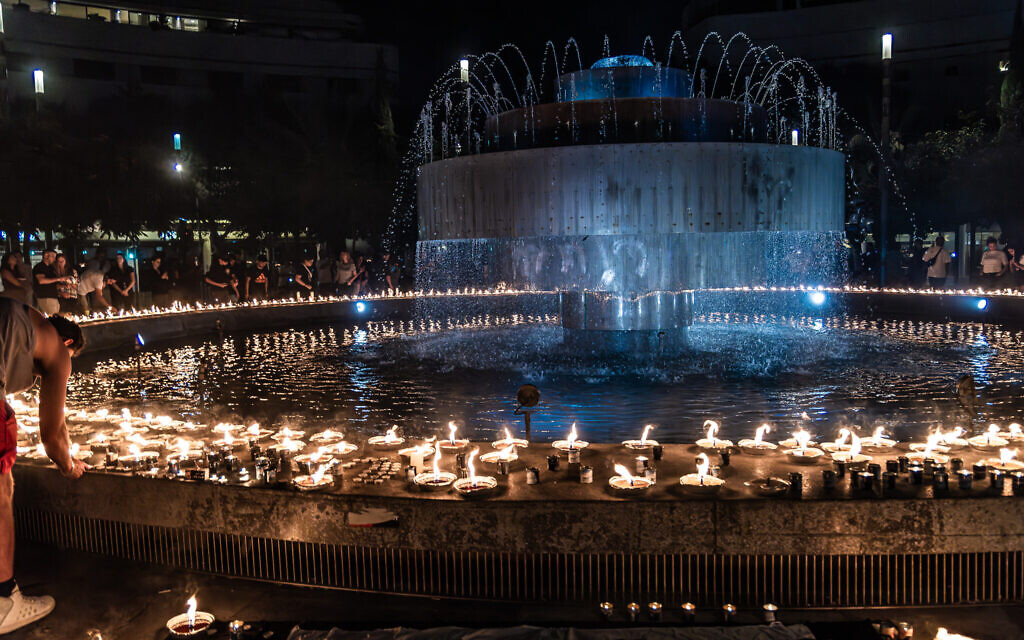Demonstration Monday February 17 at Hostage square in Tel Aviv. On the screen : “500th day fast. Get us out of hell“
On Monday, February 17, thousands of Israelis began a 500-minute fast at 11:40 AM, ending at 8:00 PM with a large demonstration in Hostages Square in Tel Aviv and across the country, to mark a tragic anniversary: 500 days of captivity for the hostages.
500 minutes—one for each of the 500 days that the 73 remaining hostages have spent in Hamas captivity in Gaza, many of whom are now presumed dead. We now know, from the testimonies of those released during the ceasefire, the horrific conditions in which these 73 hostages have been held: chained, starved, whipped, and tortured both physically and psychologically by their captors. Many were left alone in the darkness of the tunnels for days on end.
These 500 days of hell could drag on even longer if the fragile ceasefire agreement with Hamas—brokered by the Biden administration through Egypt and Qatar and initially implemented under pressure from the Trump administration—were to collapse.
Growing evidence suggests this agreement could have been reached earlier, potentially saving the lives of some hostages as well as many Palestinian civilians. Yet, despite numerous statements of compassion for the hostages and their families, this was never, and still isn’t, a priority for Benjamin Netanyahu or his government, who are more focused on their political survival. The relentless efforts of the families, supported by the overwhelming majority of Israelis, have been the only force keeping the hostage issue at the forefront of international and Israeli media attention.
In recent weeks, footage of the first hostages being released—cynically staged by Hamas—has underscored the group’s ability to replenish its ranks despite suffering significant losses. The Israeli Chief of Staff estimates 20,000 Hamas fighters killed out of the 46,000 casualties reported by Palestinian authorities since the war began. This recruitment drive is hardly surprising given the absence of a viable political alternative, something the Israeli government has actively worked to prevent.
It is equally unsurprising that a growing number of Israelis have come to support Trump’s plan to relocate Gazans, hoping to eliminate a perceived threat after the October 7 massacres—even though most acknowledge the plan’s impracticality. Trump’s statement aligns with his longstanding approach: tossing out bold ideas daily to showcase his determination, only to walk them back when confronted with reality.
His latest threat—to unleash hell on Gaza if the hostages were not freed by noon last Saturday—was quickly replaced by a pledge of support for whatever actions the Israeli government might take. Yet the government remains paralyzed, torn between respecting Trump’s wish for an end to the war—a move that could topple Netanyahu’s coalition if the far-right allies pull their support—and sabotaging negotiations for the next phase of the deal, which would almost certainly reignite the conflict, against Washington’s will.
Amid this political deadlock, only sustained civil-society mobilization can pressure the Israeli government to fully implement the agreement and secure the release of all hostages. And this movement shows no signs of stopping—on the contrary, each hostage’s return only strengthens its resolve. The names and stories of the hostages are now known to the entire Israeli population. Their families have become one large, united family, even for those whose loved ones have already been freed. The whole country remains hostage until every last one returns home.
Two chants echoed throughout Hostages Square on Monday night: one directed at the families, as images of their loved ones appeared on a large screen—“You are not alone; we are with you”—and another aimed at the government, urging a comprehensive prisoner exchange—“All for all, all at once!”
Only when all the hostages have been released and the dead laid to rest in Israel will society begin to recover from the trauma of October 7. Only then can public discourse return to the question of a resolution to the conflict.
Until that day, we join our voices with those of the demonstrators on Monday night:
“You are not alone; we are with you.”
“All for all, all at once!”
David Chemla

